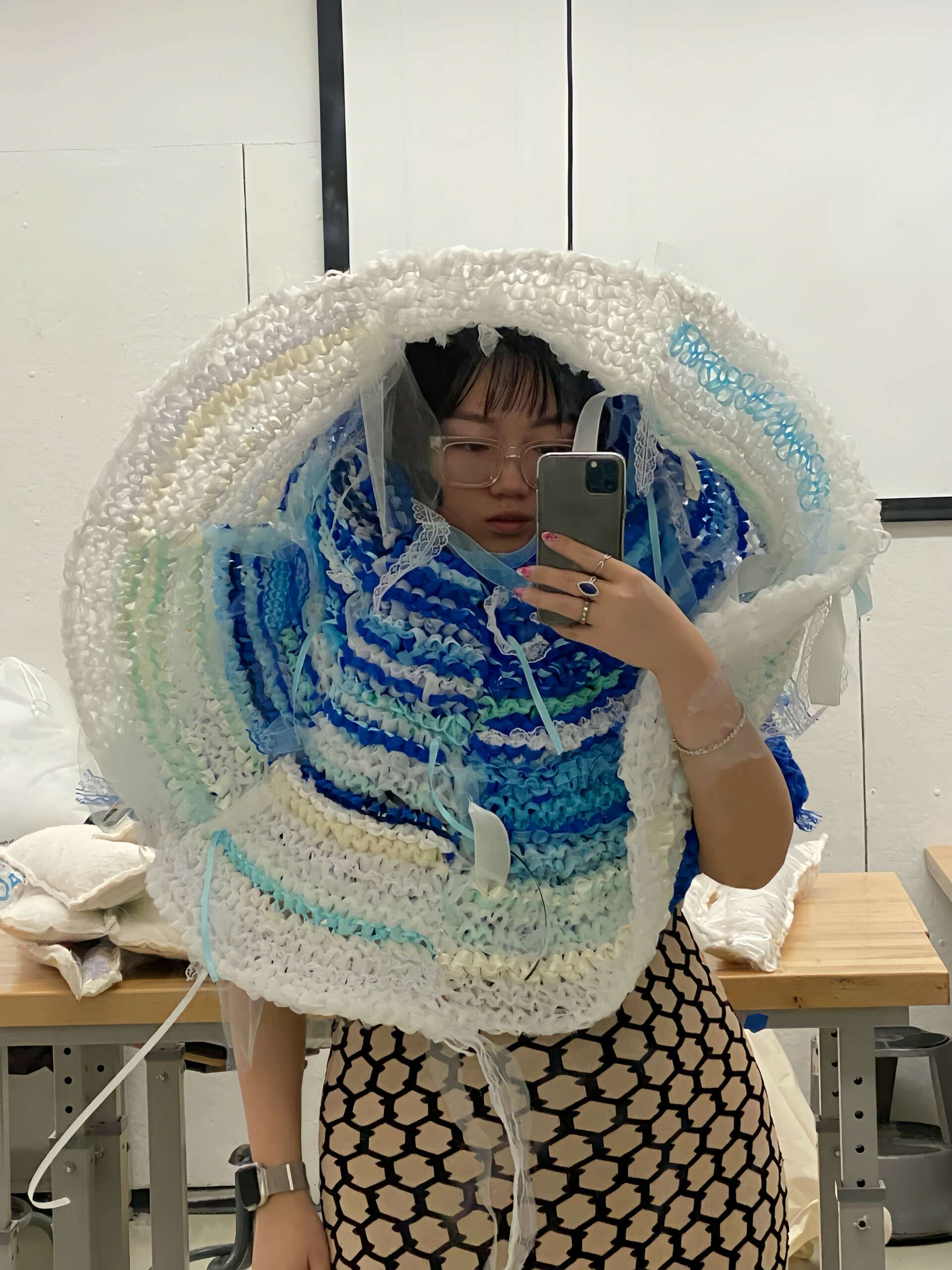Alright – so today we’ve got the honor of introducing you to Ya Liu. We think you’ll enjoy our conversation, we’ve shared it below.
Ya, appreciate you joining us today. What’s been the most meaningful project you’ve worked on?
The most meaningful project for me is My Coral Story, which was inspired by a childhood misunderstanding I had about the underwater world. I grow up in an inland city. When I was a child, my parents brought back a white coral specimen from the coastal city and adorned it with colorful shells and conches. And my fantasy of the ocean is rooted in this pale coral reef decoration.
In this project, I share this amusing and innocent story along with memories of my childhood in our old house. It’s a heartwarming nostalgic chapter, featuring the white coral sitting on the wooden wine cabinet, accompanied by brown leather sofas, wooden furniture, and warm orange sunlight streaming through velvet curtains.
The inception of this project stemmed from a small chat with a friend from California. She loves boating and diving, and I mentioned to her that for a long time, I had envisioned an underwater palace made entirely of white corals (I wrote two poems that afternoon, attached: “In the azure seas, there are endless low white coral groves; Shells with dreamy colors live on the branches of these coral trees in the undersea woods; No shoals, starfish, jellyfish, or crabs; White coral forest lay across the shallow sea; Just like the coral lay on the tall wine cabinet; Big and magnificent; Silent and eternal “. “The light is seawater; The curtain is sunlight; The sofa is the coral reef; And I am a fish”). I can’t forget how joyful and delightful she was when she heard about this misconception of a kid. That afternoon, she was momentarily transported back to my childhood. This emotional connection with others deeply moved me and made me shudder. I began to realize and appreciate the beauty of emotion.
This project holds great importance to me because it represents a transformative moment in my artistic conception. I’ve always been focused on generalizing and summarizing myself, but before that, I focused on exploring external elements beyond myself. After that, my artistic appeal changed from “I want to show” to “I want to gain resonance”. I began to explore and extend the self that had been shaped by circumstances and experiences. I began to study human emotions because they are so special and bouncy; I also expect to receive more emotional interaction, because for me this represents the most fundamental communication between people, not through distorted words, but through the connection between souls.
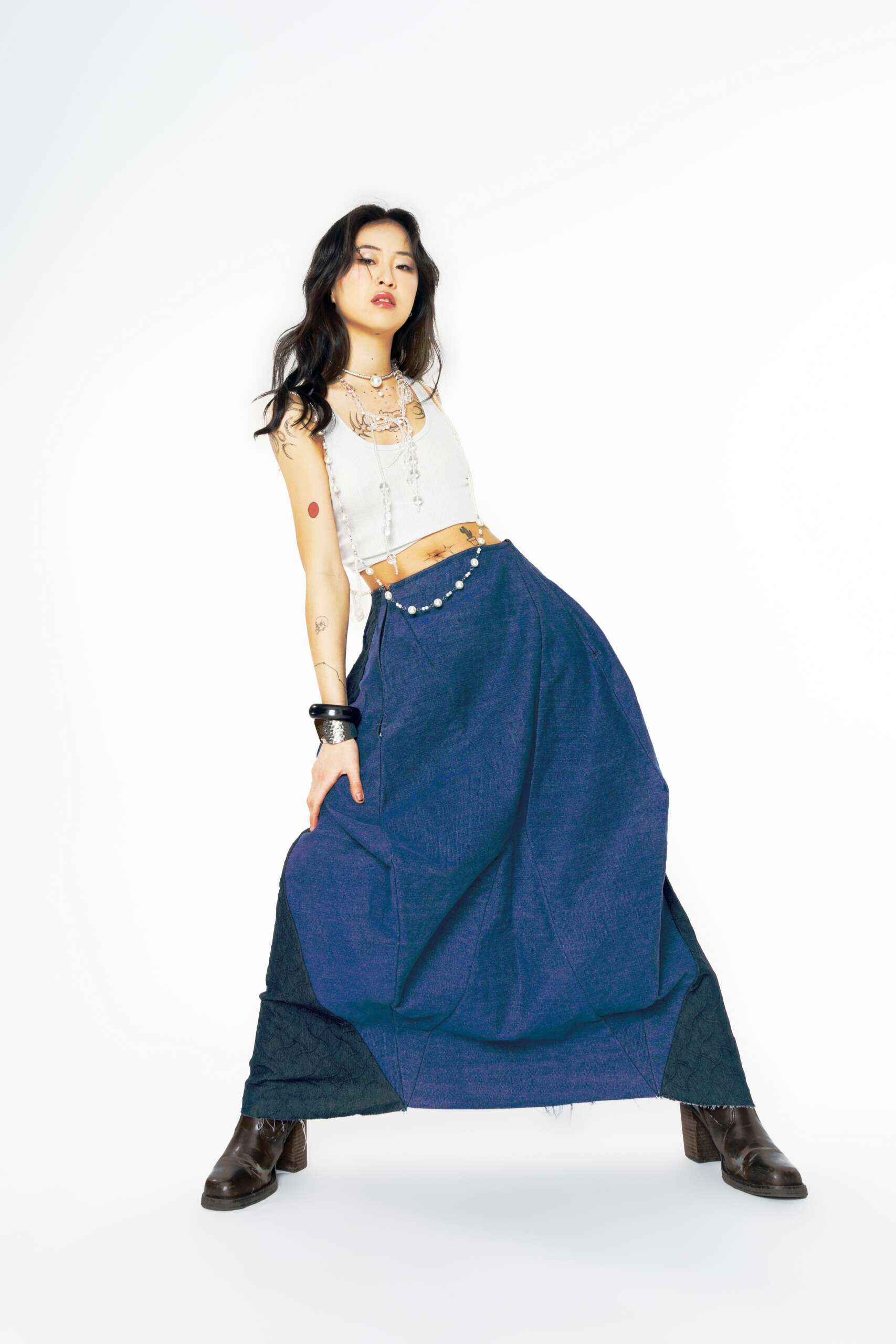


Ya, before we move on to more of these sorts of questions, can you take some time to bring our readers up to speed on you and what you do?
It fascinates me how different individuals express their unique aesthetics or opinions through the clothes they wear. Clothing serves as an externalization and a tangible representation of human consciousness or subconsciousness. My decision to pursue a career in fashion design stems from my desire to offer people more avenues for self-expression. In my opinion, the choices people have in clothing are still too narrow. The styles available in the market are mostly driven by commercial factors, emphasizing universality and functionality. What I want to do is provide people with more options, perhaps in terms of materials, colors, styles, craftsmanship, and culture. I aim to offer comfort and appreciation to those who cannot reconcile to the commercial standards of clothing products.
What sets my designs apart is the emphasis I place on people. As I mentioned earlier, designing clothes for me is akin to creating art. My works are a synthesis of my thoughts, culture, life experiences, and education. Rather than focusing on grandiose or serious topics, I draw inspiration from everyday life. My aim is not to educate my audience through my work but rather to create emotional connections with them. I believe in valuing emotions, expressing them, and embracing them instead of chasing fleeting trends or empty appeals. This philosophy underpins all of my designs.”
I place great importance on the emotions and feelings that my work evokes in people, much like how a light mohair textile skirt can make one feel the warmth of the afternoon sun at three o’clock. I aim to help people recognize the value of these delicate, profound, and indescribable emotions. One aspect of my work that I take immense pride in is conveying human care. I strongly believe in the synesthesia between individuals, and my efforts are directed toward creating designs that generate emotional resonance and foster communication with customers. Ultimately, I aspire to create clothing that allows clients to embody similar emotions and express their souls.
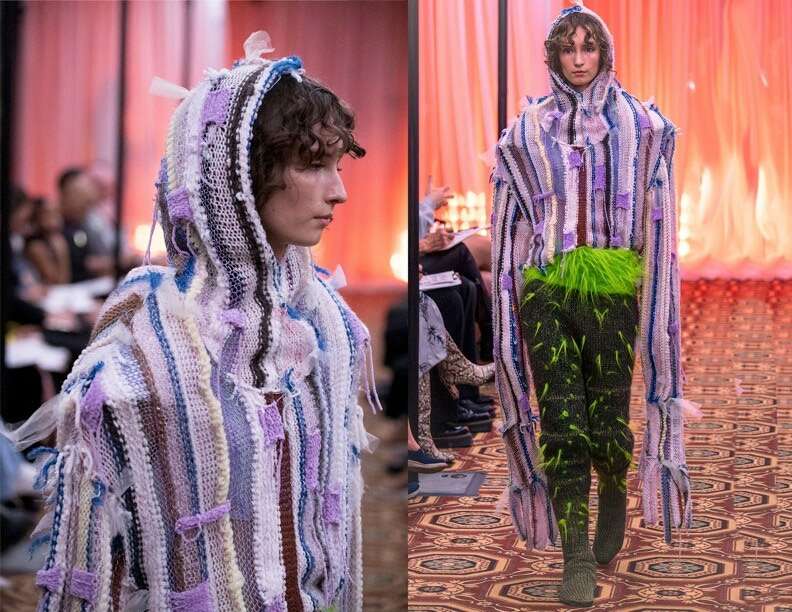

How can we best help foster a strong, supportive environment for artists and creatives?
I believe that the most valuable support society can offer artists is to ensure their basic living conditions. This should be a fundamental provision for everyone in our society. When I talk about guaranteeing material living conditions, I don’t mean that society should have a backstop policy for those who are idle or unproductive. Rather, it means that individuals in our society should have easy access to material wealth that allows them to lead relatively comfortable lives and maintain sufficient personal time and space. It is true that much art arises from repressed suffering, but I firmly believe that if people live in a society with less stress, they will possess greater patience, energy, curiosity, and enthusiasm to appreciate and create art. A relaxed state of mind is particularly crucial for artists like me who focus on exploring the inner world.
Moreover, reducing the overall life pressures within society would provide individuals with more time to develop their own interests which undoubtedly include art and aesthetics. This would foster a more diverse cultural environment. As humans are greatly influenced by their surroundings, a life with appropriate pressure will encourage public introspection and create. It enables people to freely experience and making art using their time and energy as they see fit.
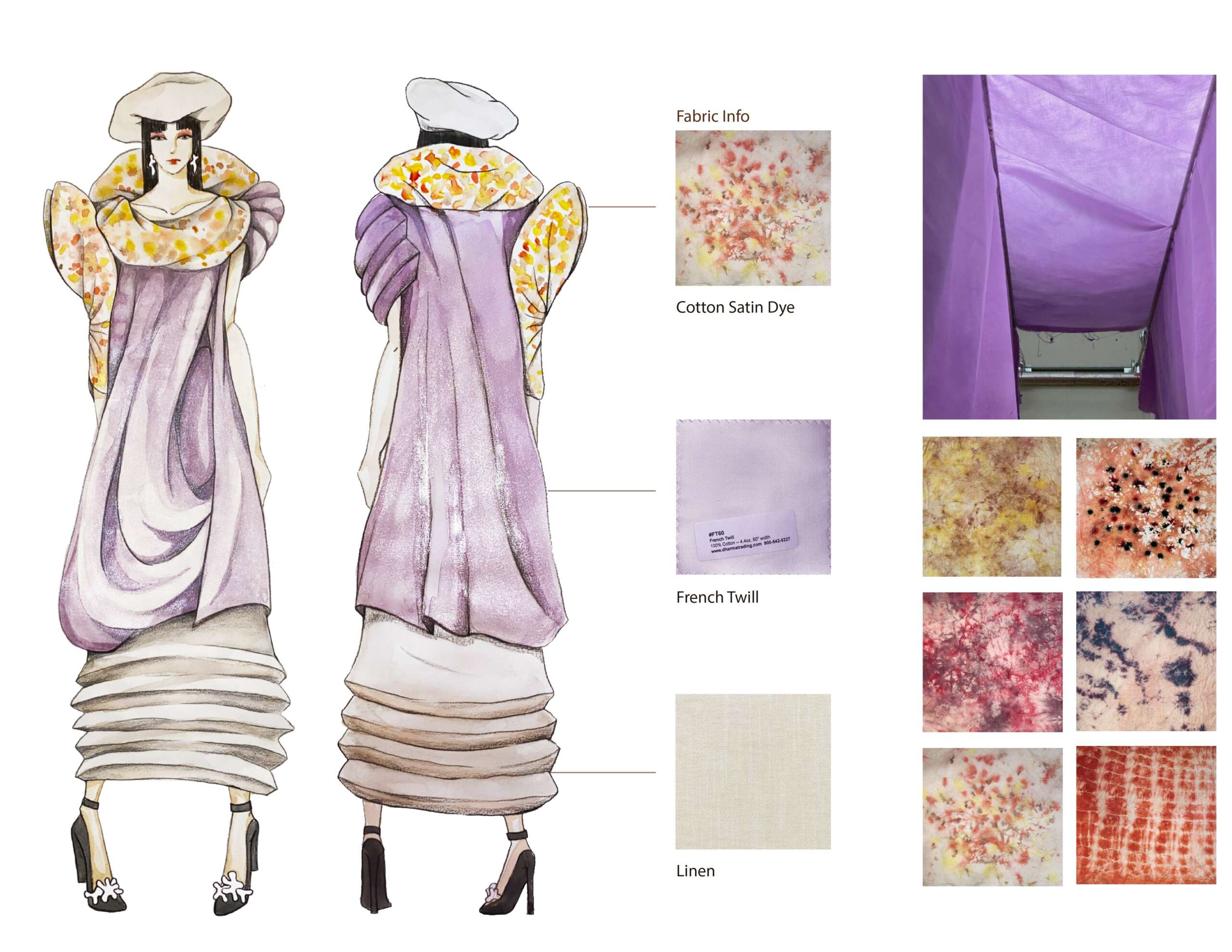

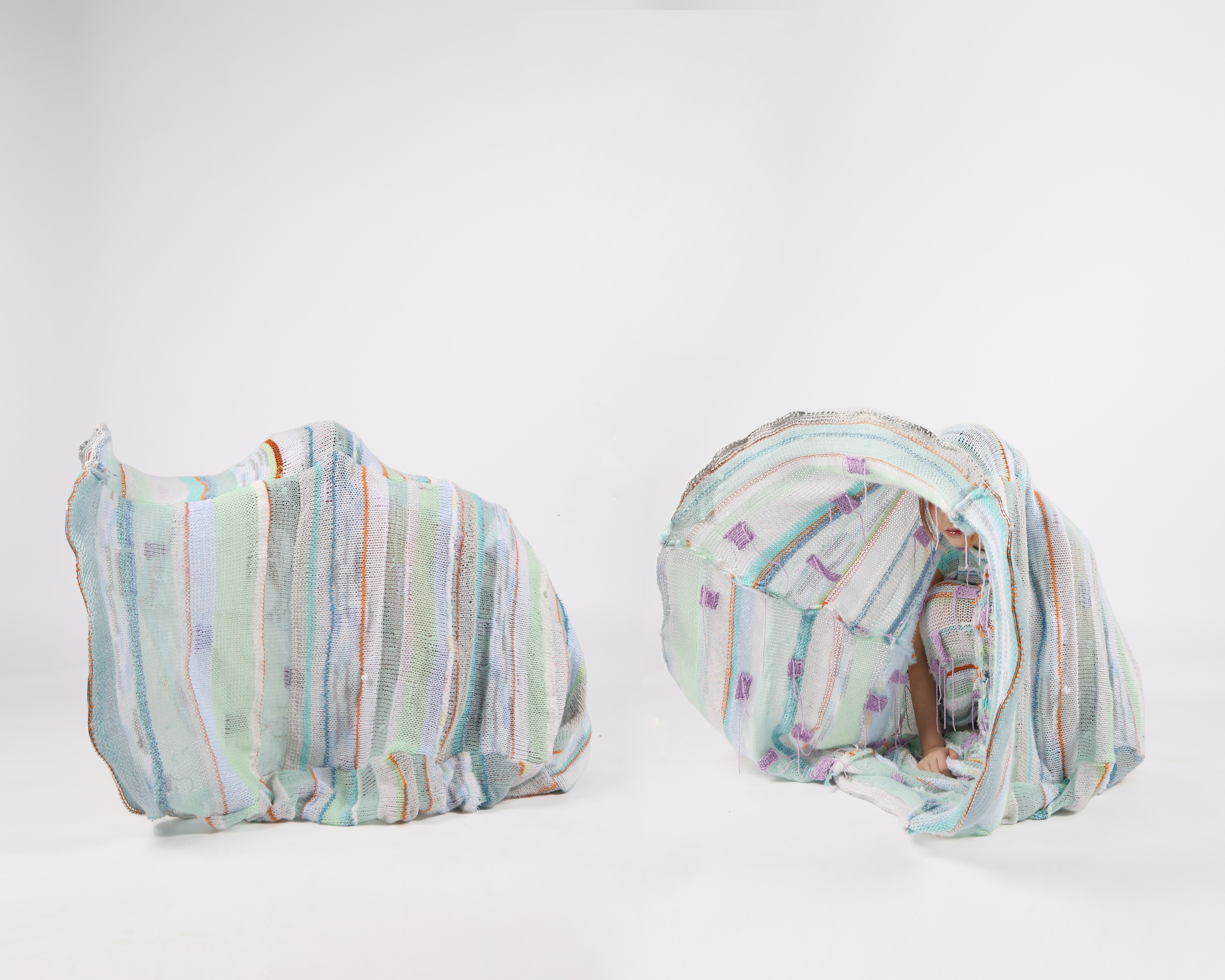
Can you tell us about a time you’ve had to pivot?
Right now, I find myself at a turning point in my life, and this has greatly impacted my artistic pursuits. The first major change came with the shift in geographical location as I returned to China after living in America for five years. While moving long distances is not unfamiliar to me, I still struggle to adapt to this sudden change. Almost all of the connections I had established with my previous environment were abruptly severed, leaving me feeling disconnected from my surroundings.
The city I currently reside in is not my hometown, and although it is a Chinese-speaking city that I am somewhat familiar with after returning from the United States, it is still a new city to me. My mind and body require time and energy to process this sudden transition, and it is difficult for me to draw energy and inspiration from my current situation.
Furthermore, during this period of adjustment, I have gradually come to realize the limitations within China’s fashion design industry. Some of my ideas are met with resistance or lack appreciation here as clothing is not always seen as an art form by many people. Consequently, finding an ideal job in fashion design has proven challenging for me. Instead, I have taken on the role of an English teacher while pursuing design and art as part-time job.
This shift in social identity – transitioning from being a student to becoming an independent artist and transforming from an artist into an English teacher – has caused me to lose sight of my artistic direction. Currently grappling with the pressures of life and juggling a full-time teaching job has taken its toll on both my energy levels and sensitivity towards creativity. For now, I am still searching for balance between pursuing artistry while fulfilling work obligations.
Contact Info:
- Website: https://yaliufashion.com
- Instagram: @yaliu_art
Image Credits
James Prinz, Cube lli, Nemo Chen


